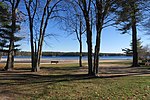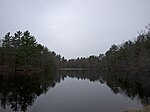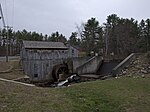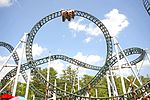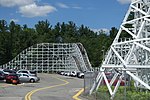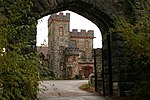North Salem, New Hampshire
New Hampshire geography stubsUnincorporated communities in New HampshireUnincorporated communities in Rockingham County, New HampshireUse mdy dates from July 2023

North Salem is a section of the town of Salem in Rockingham County, New Hampshire, United States. It occupies the northernmost portion of the town and is located at the northern end of Arlington Mill Reservoir. Although there are some shops and other businesses, it is mostly a residential area. The community is bypassed by New Hampshire Route 111, which travels northeast to Hampstead and Kingston, and southwest to Windham and Hudson. North Salem has a separate ZIP code (03073, P.O. boxes only) from other areas in the town of Salem.
Excerpt from the Wikipedia article North Salem, New Hampshire (License: CC BY-SA 3.0, Authors, Images).North Salem, New Hampshire
North Main Street,
Geographical coordinates (GPS) Address Nearby Places Show on map
Geographical coordinates (GPS)
| Latitude | Longitude |
|---|---|
| N 42.836944444444 ° | E -71.220555555556 ° |
Address
North Main Street 394
03079
New Hampshire, United States
Open on Google Maps


